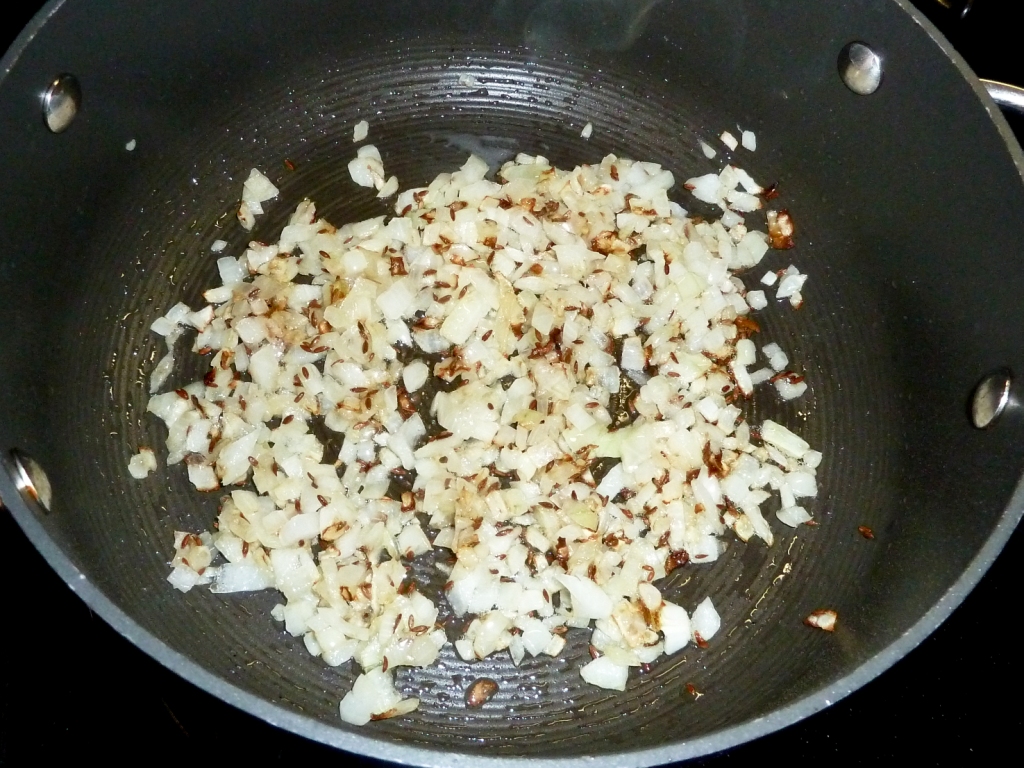I am always looking for fun ways to dress kale because it is soooooo good for you, but can be a very strong taste on its own. The other day I received a blog post in my inbox from The Plant-Based Dietitian (I am a subscriber) and it was an episode of The Chef and the Dietitian wherein they demonstrated how to make Chef AJ’s “Hail to the Kale” dressing. I decided to give it a try and loved it so much that I contacted Julieanna and Chef AJ to see if they would allow me to share the recipe with all of you. Both were so responsive despite the fact that they were out of town at Vegetarian Summerfest (I would have LOVED to be there too!). This is an absolute winning recipe!
Before we get to the recipe, I want to give you some background on Julieanna Hever and Chef AJ…
Julieanna Hever, M.S., R.D., C.P.T. , The Plant-Based Dietitian, is a passionate advocate of the miracles associated with following a whole food, plant-based diet. Julieanna is the nutrition columnist for VegNews Magazine, author of The Complete Idiot’s Guide to Plant-Based Nutrition, and co-author of The Complete Idiot’s Guide to Gluten-Free Vegan Cooking (click here for more info). Julieanna maintains a private practice in Los Angeles and lectures throughout the U.S. As co-producer and star of the “infotainment” documentary, To Your Health, Julieanna interviewed a host of the plant-based world’s most respected doctors and researchers to bring this important information to a broad audience. As Executive Director of EarthSave, International, Julieanna has had the opportunity to bring nutrition to the forefront of efforts to improve the current global health crisis. To learn more, visit Julieanna at her website (click here) and her blog (click here).
Chef Abbie Jay (otherwise known as AJ), is a graduate of The Living Light Culinary Arts Institute and has been a vegan for 30 years. At the age of seven she received an Easy Bake Oven as a gift and hasn’t stopped cooking since. Teaching both vegan cooking and raw food prepartion, AJ’s passion is showing people how to incorporate more fresh, organic fruits and vegetables in their diets in ways that are easy, delicious and fun. Chef AJ is also the author of the book, Unprocessed (which I can’t wait to review for you!). She especially loves showing others how to make decadent, delicious desserts with out using white sugar, white flour or artificial ingredients. Chef AJ, has cooked for many celebrities, and has volunteered at The Braille Institute for 2 years teaching healthy cooking to the blind who have lost their sight due to type II diabetes. Many of her students have decreased their need for insulin through switching to a healthier diet. One of her creations, Rockin’ Nut Crunch, will soon be sold at Whole Foods Market.
I also learned a new tip from Chef AJ in the video episode (click here) which has been a HUGE time-saver for me when prepping the kale from my garden (my latest harvest is in the picture above…it is the most gorgeous greenish-blue!). She shows us a really fast and simple way to remove the hard center stem from the kale. How did I not know this before?
You must make this dressing…it is that good!
~
INGREDIENTS – Enough to dress two heads of kale
1 cup raw almond butter (unsweetened and unsalted) * 1 cup coconut water ¼ cup fresh lime juice and zest 2 cloves garlic Fresh, peeled ginger (approx. 1” or ½ ounce) 2 Tbs. low sodium tamari 4 pitted dates (soaked in water if not soft) ½ tsp. red pepper flakes ** * I used a combination of almond and cashew butter ** I used ¼ tsp. since I served it to children
Place all ingredients in the blender (I used my Vitamix) and blend until smooth…it’s that simple!
When the dressing is nice and smooth pour some over your prepared kale and sprinkle with chopped nuts. Since I made a smaller salad, I did not use all of the dressing. To store the remaining dressing, I poured it into a mason jar and placed it in the fridge. I ended up using it as a dip as well…it was great with all kinds of crudités (carrot, celery, cucumber, belle peppers, etc.)
For a printable version of this recipe click here.








































 Gorillas are the largest of the primates, and they are one of the four species of great apes (great apes make up the Hominidae superfamily, which includes chimpanzees, bonobos, orangutans, and gorillas). Following chimpanzees, gorillas are the closest living relatives to humans, differing in only about 3% of our genetic makeup.
Gorillas are the largest of the primates, and they are one of the four species of great apes (great apes make up the Hominidae superfamily, which includes chimpanzees, bonobos, orangutans, and gorillas). Following chimpanzees, gorillas are the closest living relatives to humans, differing in only about 3% of our genetic makeup.